Did you know that a cat can be both alive and dead at the same time? Did you know 0 and 1 can exist simultaneously in quantum computers?
Step into the wonders of the quantum world with Dr. David J. Wineland, the 2012 Nobel laureate in physics. Montgomery College had the honor of having Dr. Wineland present on the Germantown Campus at Globe Hall on April 19th, 2024. The National Institute of Standards and Technology physicist titled his presentation, part of the Nobel laureate speaker series hosted by the Office of the Vice President & Provost for Germantown Campus and the Collegewide STEM Unit, “Quantum Computers and Raising Schrödinger’s Cat”.
Dr. Wineland received recognition as the first physicist to laser cool and trap an ion, a phenomenon considered just a theory for the longest time. Then, he used those isolated ions to build atomic clocks, several of which hold world records for their accuracy.

Dr. Wineland touched on many topics throughout his lecture. For instance, Moore’s Law, which states that computing power increases exponentially when a microchip’s transistor count doubles every two years. This extrapolation propelled the quick development of technology since its first observation in 1965 and acted as a guiding principle for the semiconductor industry. Almost all precision measurements such as Wineland’s atomic clocks and control technologies develop according to their own “personal Moore’s Law.”
“One way quantum mechanics is interesting for computers: we tend to write cupids as superposition states, it can be 0 and 1 at the same time,” explained Dr. Wineland. This concept implies that quantum bits can represent both 0 and 1 simultaneously in place of conventional bits, which can only represent values of 0 or 1. The feature enables massive parallel processing on quantum computers.
Superposition is the ability of particles to exist in more than one state at once in quantum mechanics. Potentially, superposing could imply that a box in a quantum state could exist in multiple locations simultaneously.
An illustration of quantum superposition, Erwin Schrödinger finds this paradox within Schrödinger’s cat, a 1935 thought experiment. In the imaginary situation, a radioactive material used to control a bottle of poison and a hypothetical cat is kept within a sealed box. The material breaks down and sets off a Geiger counter, which releases the poison and kills the cat.
Since the box is locked, one is unable to make the observation to know whether the cat is dead or alive and is unaware of whether the radioactive material has broken down and released the poison. Therefore, the cat is both dead and alive until the box is open.
This idea “laid out a basic scheme of quantum mechanics that is still used today. Schrödinger was the inventor of quantum mechanics. The thing that’s interesting is that his theory is right; we can make systems that are like Schrödinger’s cat superposition of very microscopical situations.” Dr. Wineland said.

A Nobel laureate receives a Nobel Prize for making extraordinary contributions to human knowledge and progress. Furthermore, the awardee’s career and legacy are filled with a sense of success due to the prominence connected with the prize.
“One change that I’ve noticed is that we get a lot more invitations to speak,” noted Dr. Wineland. He also touched on what pursued him to study physics: “In high school I was pretty good at math, so I started as a math major, graduated form Berkeley, started picking up physics fast and decided to pursue that instead.”
Presentations, such as Dr. Wineland’s as well as Montgomery College’s other Nobel laureate guests’, remind us that the quest for knowledge is an endless voyage of discovery. Not only helping us understand the complex scientific world. The groundbreaking work of these nominees also motivates us to reflect on the nature of reality itself.


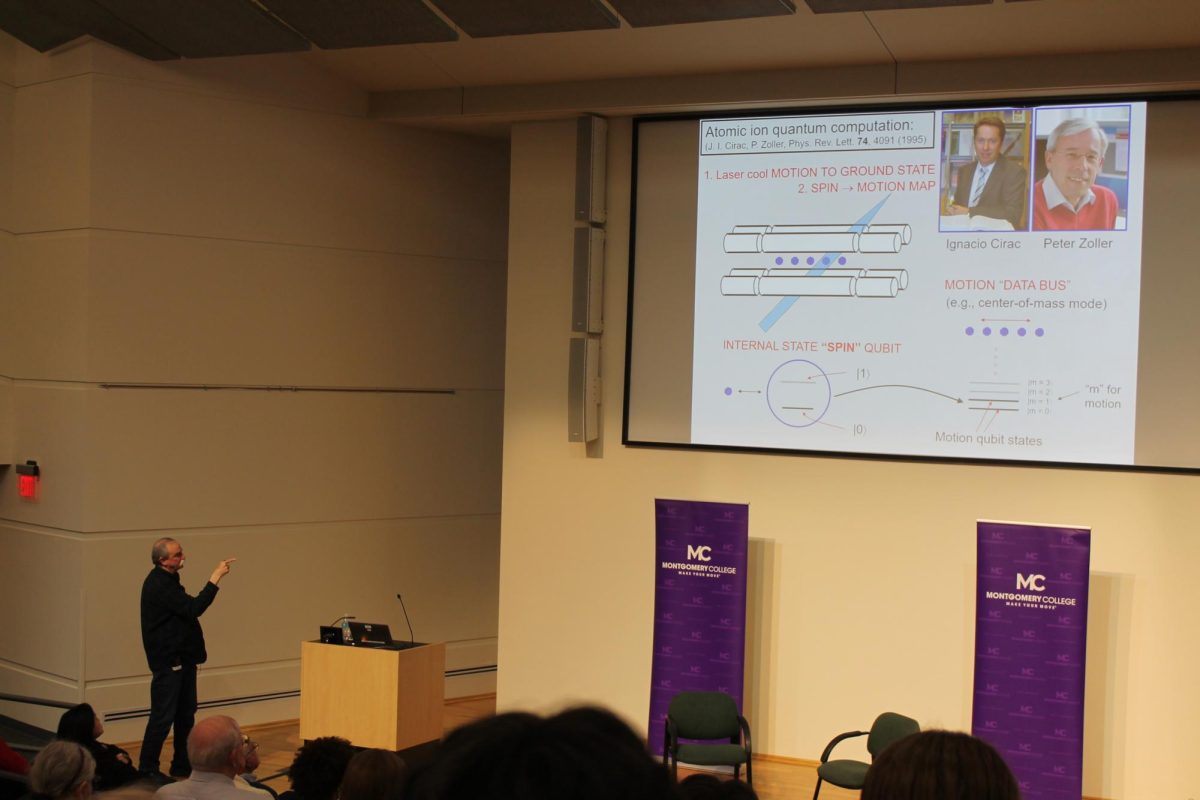
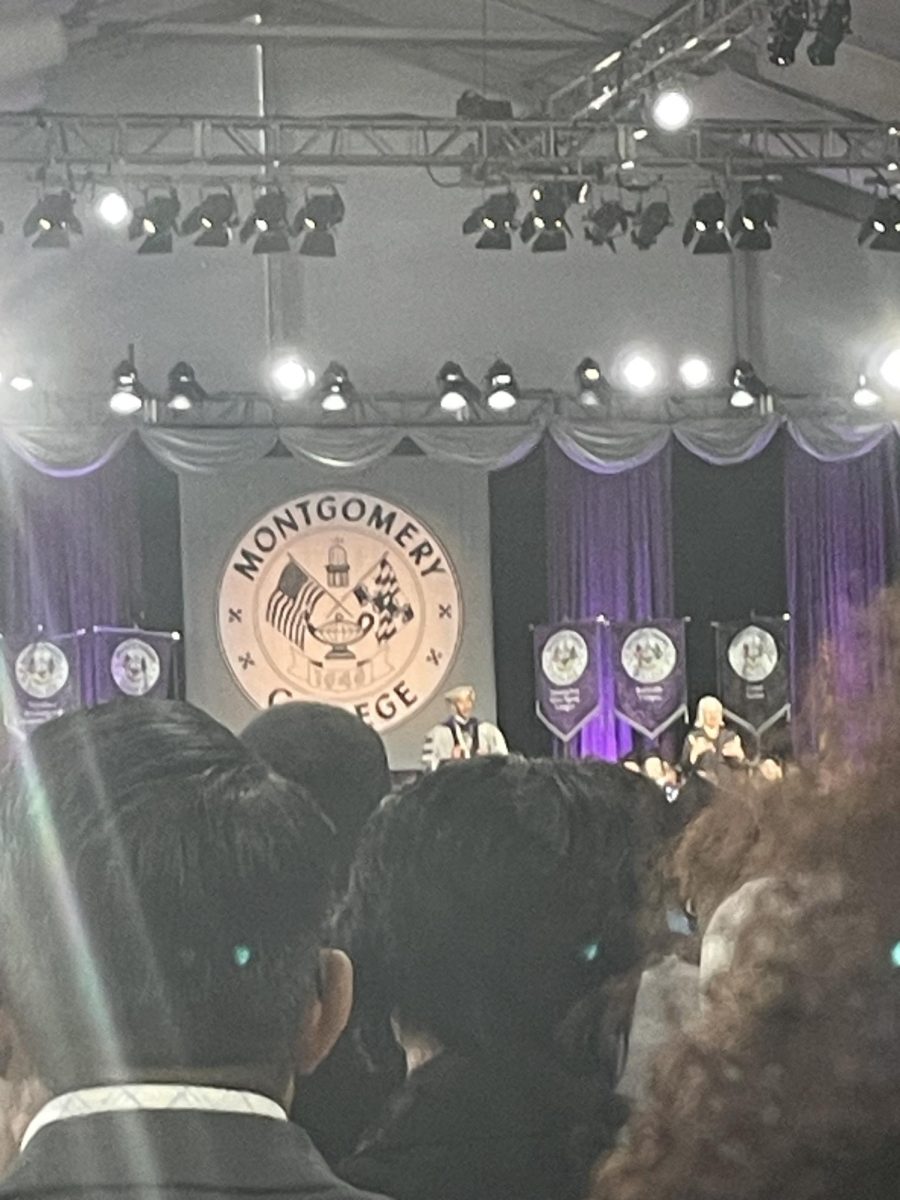
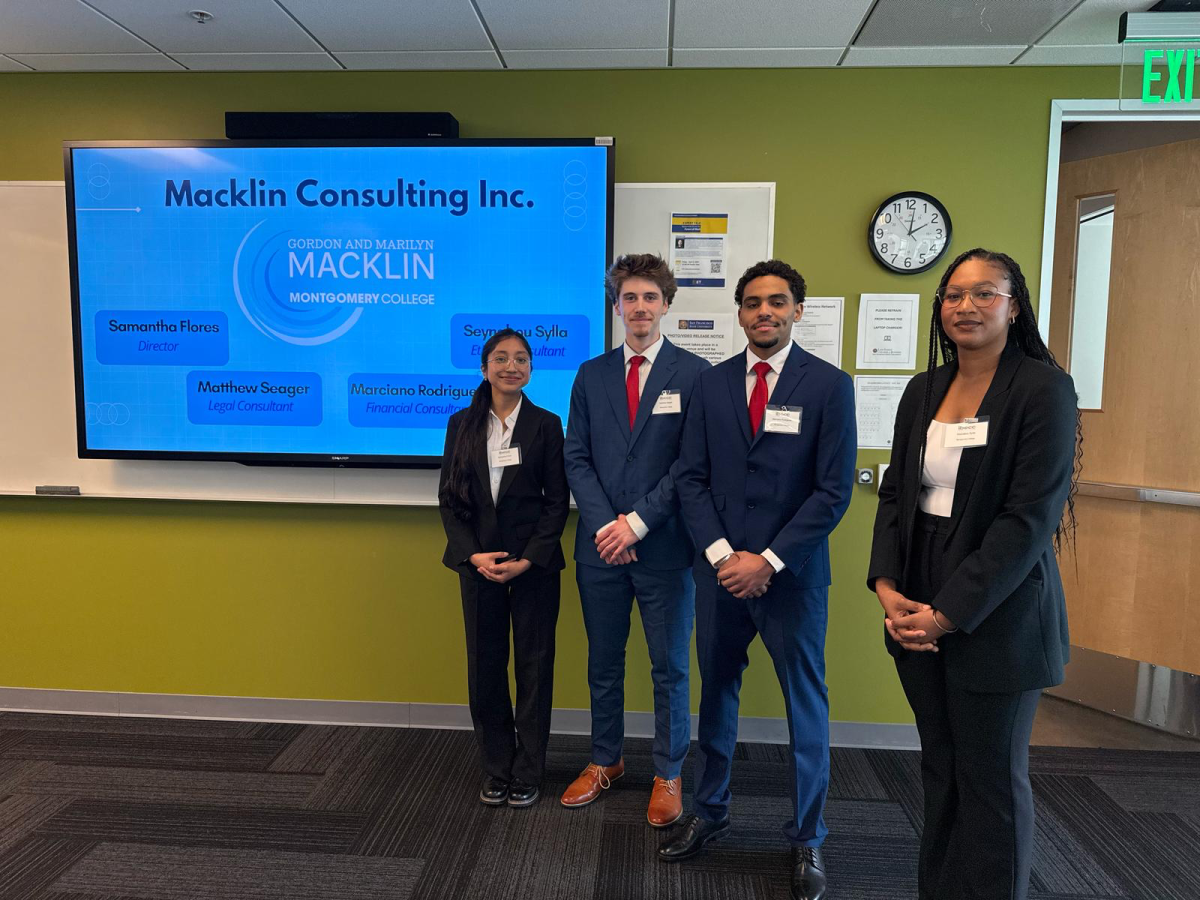
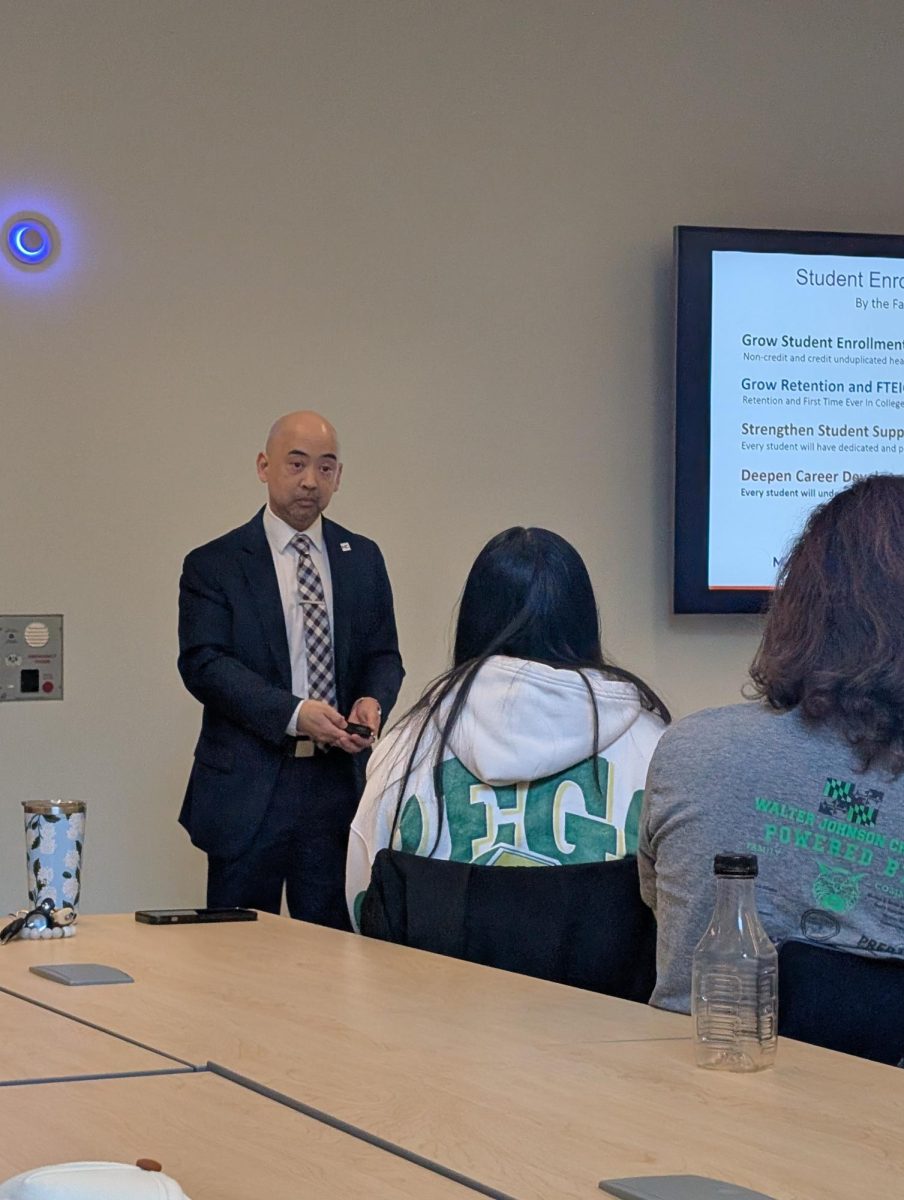




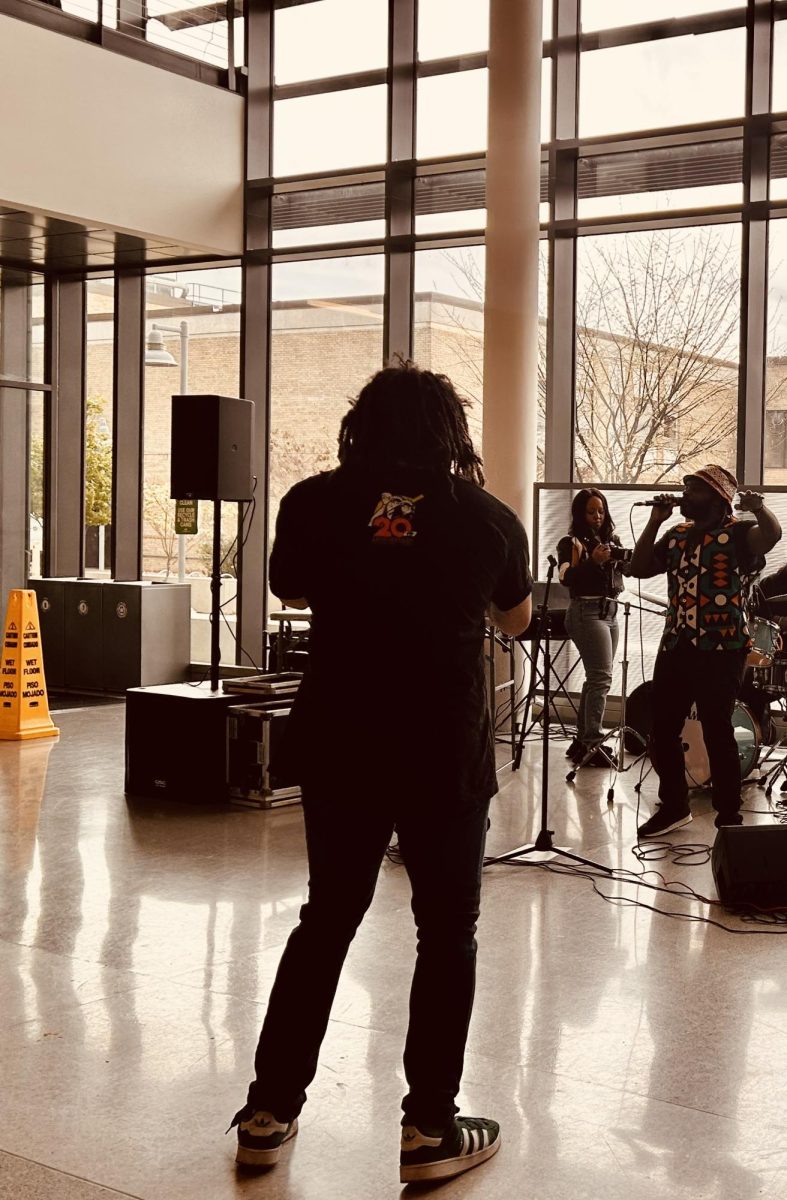

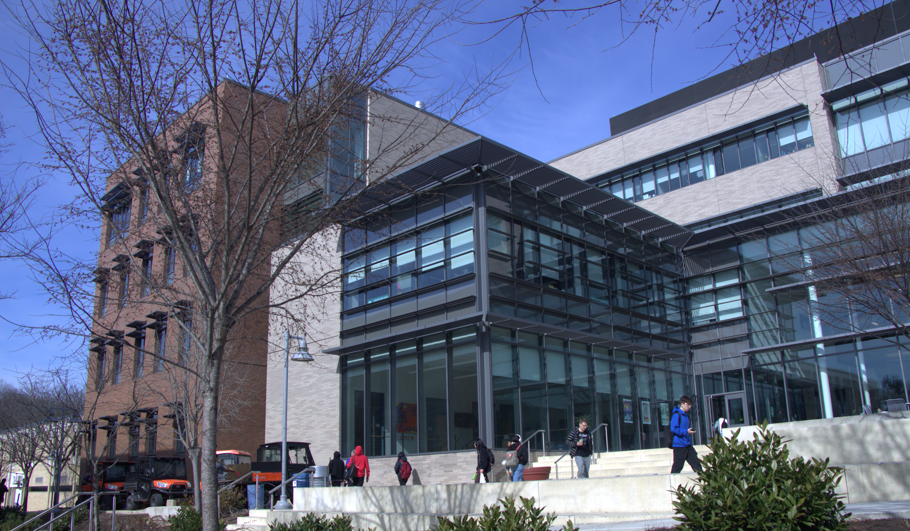
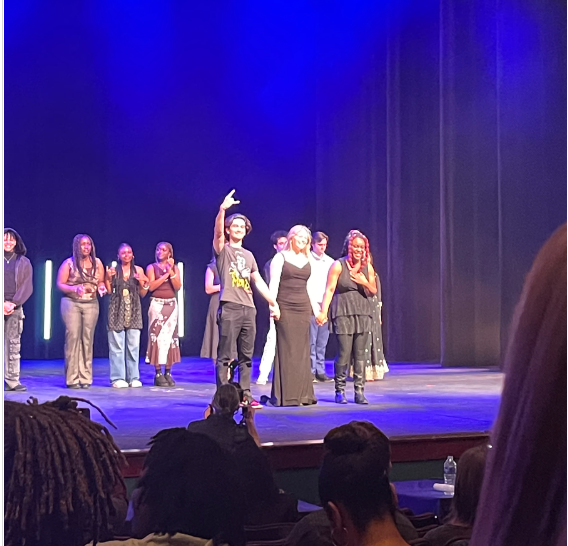
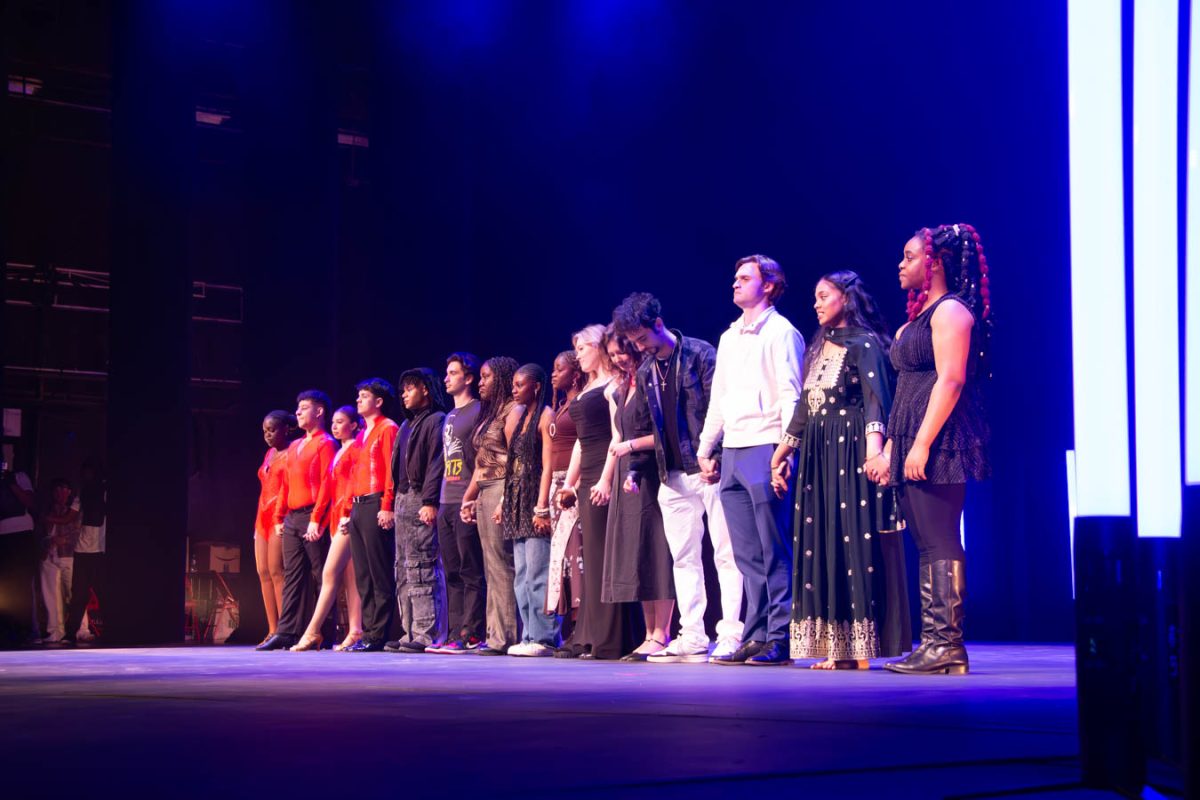
Aarom Lippa • May 19, 2024 at 12:19 am
Great article Nijat. I’ll be tuned in for the next one. 😁